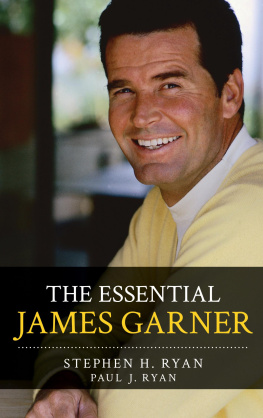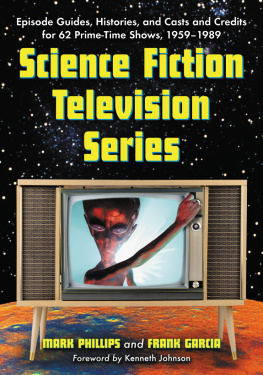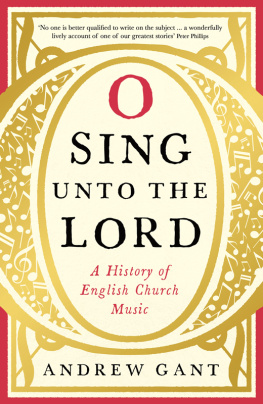For Samantha, Nathan and Fern.
If you knew Time as well as I do, said the Hatter, you wouldnt talk about wasting it.
OVER SOME CONSIDERABLE time members of the Doctor Who family spoke to me casually, wrote to me, or agreed to be interviewed by me, all of which helped me in the writing of this book. I would like to thank: Patrick Troughton, Jon Pertwee, Tom Baker, Peter Davison, Colin Baker, Sylvester McCoy, Louise Jameson, Sarah Sutton, Janet Fielding, Mark Strickson, Anthony Ainley, Nicola Bryant, Sophie Aldrid, John Nathan-Turner, Dick Mills, Tony Burroughs and Nicholas Courtney.
Thanks are also due to my father Colin, Dave Bush, Brian Aldrich, Deborah Charlton, Barry Burnett, Iain Banks, Christopher Lee, Ray Harryhausen, the proprietor of Pleasures of Past Times (Cecil Court), John OSullivan, Moira Williamson and to Miranda Hart for an Eric Morecambe gem I could have overlooked and of course for including Peter Davison in her excellent show.
I would also like to thank some of my friends and family who have shared their Doctor Who experiences with me over the years, namely Nicholas Skinner, Richard Ball, and of course, Anita, Samantha, Nathan and Fern. Extra thanks to Fern Lavinia for helping scout out extra David Tennant clips and Nathan for watching countless Doctor Who episodes time and again.
Sincerely, many thanks to all.
CC
CONTENTS
WE OWE A DEBT of gratitude to the Doctors.
After 50 years of Doctor Who, we owe a debt of gratitude to those excellent English and Scottish actors who adorned strange Edwardian for the most part costumes, took to the controls of the TARDIS and made television history. How many times have we watched William Hartnell in Carry On Sergeant, Patrick Troughton in The Omen, Jon Pertwee in Worzel Gummidge, Tom Baker in Blackadder, Peter Davison in All Creatures Great and Small, Colin Baker in Im a Celebrity Get Me Out of Here!, Sylvester McCoy in The Hobbit, Paul McGann in Hornblower, Christopher Eccleston in The Second Coming, David Tennant in Broadchurch and Matt Smith in Womb and said He was Doctor Who?
No matter what else those actors did (or do), they will always be known as the Doctor. A man an actor instantly recognisable, instantly trusted by parents with their children, because he plays such a unique character in television history.
It is fitting that during the 50th anniversary of Doctor Who there is a book that looks at the careers of these special actors who have played the Doctor, to give something back to them and to acknowledge the wider parameters of their acting skills. This was something I originally undertook several years ago in the first edition of this book, The Doctors Whos Who. The success of that book has made it possible to revise, update and significantly add to it for the 50th anniversary, in order to celebrate the actors careers alongside the programme itself. No book has done this before. Of course, each Doctor Who actor has released an autobiography or had a biography written about him; but this snapshot overview paints a picture of the programmes influence on each Doctor and shows the impact those Doctor Who actors have had on British culture since around the time of the Second World War.
Doctor Who has had an influence on the supporting cast too. Actors who have appeared in a short scene in a single episode way back in time are still asked for autographs by fans and requested to attend conventions or contribute to DVD documentaries approximately half a century later.
Think about some of the key supporting actors who have passed away (in 2011 and 2012 alone): Nicholas Courtney, Elisabeth Sladen, Caroline Johns and Mary Tamm. In each case, mention was made of their key role in Doctor Who alongside the headline announcement of their sad passing; but surely the 1974 movie The Odessa File was far more important to Mary Tamm than Doctor Who?
Doctor Who demands to be recognised. It is a career highlight, so it is right that we spare a thought for the other work the Doctor Who actors have done throughout their careers and the other people who have touched their lives.
Doctor Who has evolved over the years. Regular cast members have come and gone but as long as a blue police box materialises and dematerialises with a wheezing, groaning sound and the programmes once haunting now wonderfully menacing theme tune assures us that the character of the Doctor is unchanged, the programme will continue to cast its spell over legions of fans across the world for many years to come.
Doctor Who isnt a cult TV programme. Approximately eight million regular viewers per episode make it something more, especially when you couple that figure with overseas franchises, DVDs and the ability to watch the show later via BBC iPlayer. The final head count proves that after 50 years Doctor Who is more popular now than ever before, and its reputation will continue to grow over the next half century.
The Doctors journey is far from over and more actors will have their lives unrecognisably changed by taking on the iconic role.
I realise that I have been very lucky in that I have had three massive successes in my career to date: The Navy Lark, Doctor Who and Worzel Gummidge. These have kept me in the public eye for far longer than many of my contemporaries.
I Am the Doctor Jon Pertwees Final Memoir
The Doctor is always on the side of the good and he must always win in the end. And, of course, I just adored doing it. It is a unique and magical experience to be able to live out a public fantasy on a gigantic scale and get paid!
Tom Baker

The title page to a draft script of An Unearthly Child by Anthony Coburn, the first ever Doctor Who story.
Doctor Who: Who are you?
Chesterton: Ill ask the questions, Buster.
From a draft script of Doctor Whoand the
Tribe of Gum, Episode One An Unearthly Child
Anthony Coburn
WHO IS RESPONSIBLE for creating Doctor Who?
Its not an easy question to answer. A TV show has many people who play a major role in creating it, from its initial idea through to the first transmission; but Sydney Newman must be recognised as the catalyst, the person who laid down the fundamental building blocks for Doctor Who and, most importantly, the main character.
Sydney Cecil Newman was born in Toronto, Canada, in 1917. He was educated at Ogden Public School and the Central Technical School, Toronto, where he studied painting, stagecraft and industrial and interior design. His skills were put to work as an artist, designing posters for cinemas and theatres in Toronto, but he soon branched out.
In 1938, Newman decided to go to Hollywood, where he was offered a job by the Walt Disney Company, which was impressed by the young mans skills as a graphic designer. Unfortunately, he couldnt obtain a work permit and had to return to Toronto where, in 1941, he secured employment with the National Film Board of Canada as an assistant film editor.











